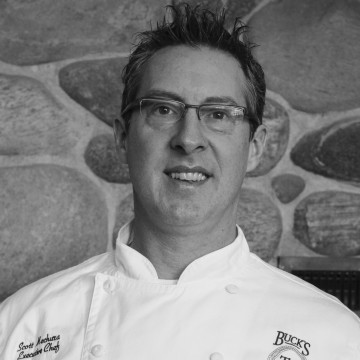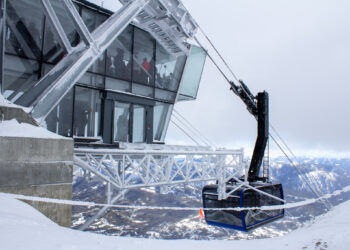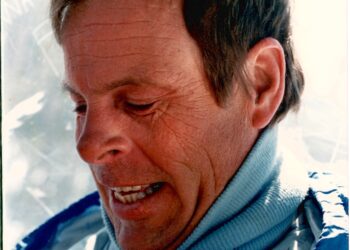
By Scott Mechura EBS FOOD COLUMNIST
One of life’s age-old questions, along with “What is the meaning of life?”, is this: Which came first—the chicken or the egg?
How could you possibly have an egg just appear with no chicken? Don’t you need a chicken to lay an egg in the first place? But where did this chicken come from?
You can plausibly scramble the logic any way you want to make your case. However, here is some black-and-white science to shed some light on this great debate once and for all.
The egg came first, and it’s not even close. Or is it?
The first amniotic eggs showed up about 340 million years ago, while the first chicken as we know it made its first appearance a mere 58,000 years ago.
But the ‘as we know’ it part is key.
The chicken, and similar fowl, are descendants of a group called theropods. Theropods split into two groups, and then those two groups split again, forming all kinds of life forms.
The one that eventually became the modern chicken traces back some 68 million years to the same dinosaur that paleontologist Jack Horner discovered a fossil of right here in Montana in 2003. A blood vessel that was preserved and tested in this particular dinosaur’s leg bone revealed that, genetically, it was the chicken’s closest relative.
That’s right—the chicken is a fairly direct descendant of Tyrannosaurus rex.
And as a curious mind that likes to know a ridiculously large amount of useless information about the most mundane things, I wanted to know more about the other player in this that seems to me to be one of nature’s most unique creations: the egg.
On a basic level, there are three components to an egg: the shell, the white and the yolk. But digging a little deeper, an egg is far more complex.
The shell contains as many as 17,000 pores and is made of calcium carbonate. Does this compound sound familiar? It is a substance found in many rocks, as well as the main component of pearls, marine animal shells and snails.
There are four distinct layers before you reach the yolk, and an egg has three distinct membranes inside, all working symbiotically to provide an all-inclusive life support system.
There is the shell of course, then the outer membrane, followed by the inner membrane. Next, we have the ‘white’, or albumen, which has the purpose of protecting the chalazae. This is that ultra-thin layer that holds the contents of the yolk. And anyone who has ever cracked or separated an egg knows just how delicate this layer is.
Maybe you have noticed that air pocket in the wider end of a hard-boiled egg when you peel it. That air space is not there when the egg is laid. It develops over time due to the contents cooling after being laid as well as evaporation. The smaller the air pocket, the higher quality the egg.
An eggshell is also one of the strongest creations in nature. But angle is the key. When applying equal pressure throughout the entire surface evenly, it is almost unbreakable. It is only when uneven pressure is applied, such as your kitchen counter, or your floor, that the science behind its efficient design is compromised.
I’ll close with one of my favorite quotes: “If an egg is broken by an outside force, life dies. If the egg is broken by an inside force, life begins. Great things always come from within.”
Scott Mechura has spent a life in the hospitality industry. He is a former certified beer judge and currently the executive chef at Buck’s T-4 Lodge in Big Sky.













